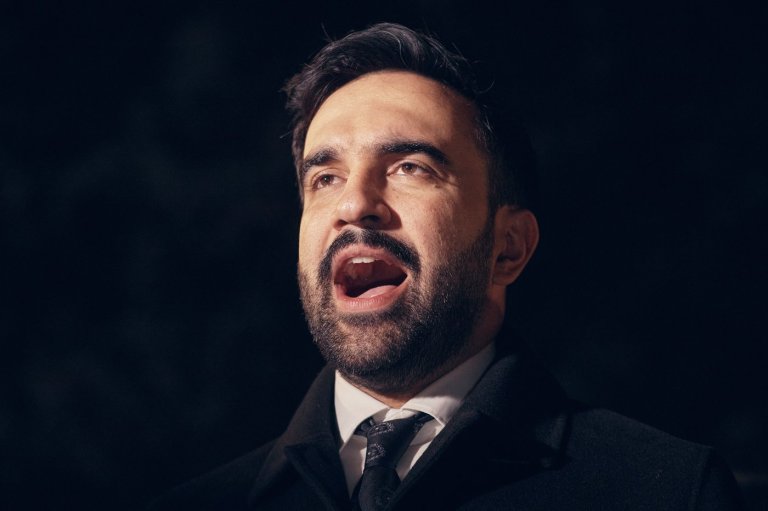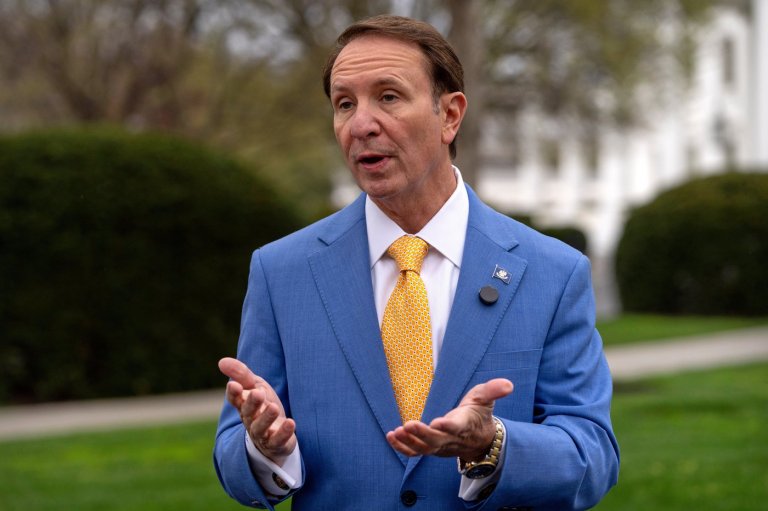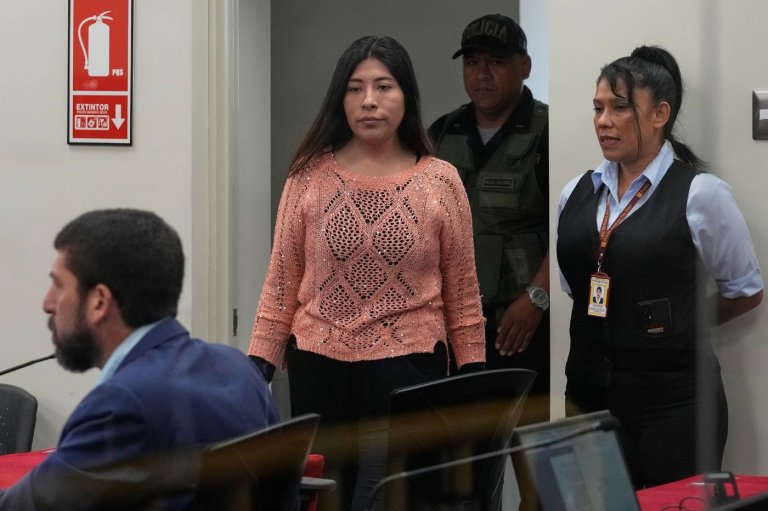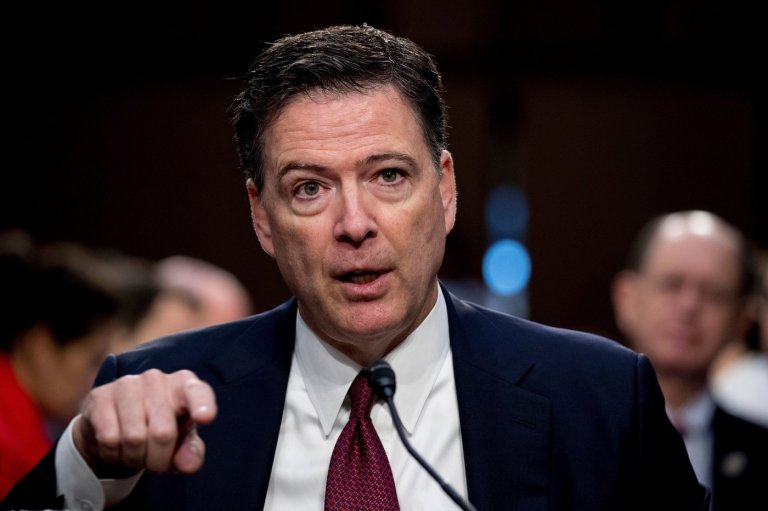Trump poised to seek new military options for defeating IS

WASHINGTON – President Donald Trump is expected to ask the Pentagon for ways to accelerate the fight against Islamic State militants in Iraq and Syria, and officials said the options probably would include steps the Obama administration considered but never acted on, from adding significantly more U.S. troops to boosting military aid to Kurdish fighters
Trump’s visit Friday to the Defence Department’s headquarters will start the conversation over how to fulfil his inauguration address pledge to eradicate radical Islamic terrorism “completely from the face of the Earth.”
Among the possible options are sending in more Apache helicopters and giving the U.S. military broader authority to make routine combat decisions, according to current and former U.S. officials familiar with the ongoing discussions.
The officials weren’t authorized to publicly discuss internal deliberations and spoke on condition of anonymity.
As a candidate and now president, Trump has never articulated a detailed plan for defeating IS, and his thoughts on a strategy are murky.
He has railed against the trillions of dollars that America’s post-9-11 wars in Iraq and Afghanistan have cost. But he suggested at one point that he would have “no choice” but to exponentially expand the Obama administration’s limited footprint of American forces fighting the militants.
There are about 5,160 U.S. troops in Iraq now, about 100 fewer than the maximum cap. There are no more than 503 in Syria.
In a Republican primary debate last March, Trump raised the prospect of needing 20,000 to 30,000 troops to “knock out” IS.
It’s unlikely that military commanders would push for many thousands of additional troops in Iraq. While the Iraqis have asked for more help, a large U.S. military presence could unsettle the fragile, U.S.-allied government.
One possible option in Syria is sending an Army brigade to help retake IS headquarters of Raqqa, according to the officials. Military planners have discussed that option during previous reviews, and could give it to Trump so he has the widest array of possible changes.
The idea always involved the U.S. handing off authority to a local council or group to govern liberated areas, but military commanders never endorsed or recommended the proposal in the past.
More likely could be new ways to enhance the abilities of the U.S.-backed Syrian Kurds, known as the YPG. They have been the most effective force against IS in northern and eastern Syria.
American support is sensitive.
NATO ally Turkey considers the group a terrorist organization. But the YPG forms the main force to retake Raqqa and some in the Pentagon have suggested giving the Kurds heavy weapons, including rocket-propelled grenades, machine-guns and heavy combat vehicles. The idea never made it through debate in President Barack Obama’s National Security Council.
Military commanders have said they’re prepared to give the Trump White House a broad range of options. Many will involve expanding existing efforts to train, advise and enable local Iraqi and Syrian forces. Increased intelligence and surveillance are options, as is allowing U.S. troops to embed more frequently with Iraqi soldiers near the front lines.
The Pentagon also would like more freedom to make daily decisions in how it fights the enemy.
The Obama administration often forced military leaders to seek permission for tactical combat decisions, frustrating commanders. One example, according to a senior official, involved the use, placement and staffing of the High Mobility Artillery Rocket System — a highly lethal and effective rocket launcher used in Iraq. Commanders would like greater authority to decide when and how to use the weapon.
Military leaders hope for less micromanagement from the White House, but there is an expectation the Trump administration may set new parameters for the military to work within.
At the Pentagon on Friday, Trump planned to host a formal swearing-in ceremony for Defence Secretary James Mattis, a retired Marine general. The president also was to meet privately with Mattis and military leaders in what’s called the Tank — the Joint Chiefs of Staff’s secure conference room.
One big decision Trump will have to address is whether to keep fighting IS primarily through local forces or upending the strategy by assuming a greater U.S. leadership role through more forces on the ground.
A wild-card to all the planning is Trump’s desire for closer counterterrorism co-ordination with Russia.
In Syria, the Obama administration and the Russians backed two opposing sides in the nation’s civil war. But that conflict has slowed since Russia helped Syria’s government oust rebels from the city of Aleppo. Direct negotiations between the government and rebels took place this week for the first time in years.
It’s unclear, however, how much Washington and Moscow can co-operate.
Gen. Joseph Dunford, the Joint Chiefs of Staff chairman, has talked about improving high-level military contact but hasn’t advocated military co-operation or joint operations in Syria.
Even intelligence-sharing with Moscow faces legal hurdles. Current law prohibits military co-operation and U.S. officials worry about America being held responsible if a Russian airstrike kills civilians.
Join the Conversation!
Want to share your thoughts, add context, or connect with others in your community?
You must be logged in to post a comment.

















